Our mission is to speed up the Race to Zero, providing straight forward, pragmatic solutions for Government & The Private Sector.

Contains public sector information licensed under the Open Government Licence v3.0
We achieved Carbon Neutrality for Scope 1 & 2 Emissions in 2020
We aim to achieve Net Zero for Scope 1, 2 & 3 Emissions in 2035
Aligned with



Become a partner
If you’d like to become a commercial partner or sponsor, we have a range of programmes, events and campaigns we'd love to get you involved in.
Find out more...